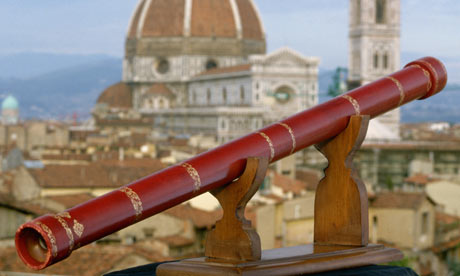Whenever you mention the phrase Open Source, most people think of Linux. Such is it’s popularity that even people not familiar with open source software have still heard of this mystical, geeky “software” called Linux. And all though my hats are off for the level of popularity that a college project has achieved, I think there is far more to Open Source than Linux, or as a certain Mr.RMS would like to remind us, GNU Linux.
Without further ado, let us familiarize ourselves with some of the more popular open-source non-Linux Distributions or Operation Systems :
OpenSolaris : OpenSolaris is Sun’s attempt at opening it’s traditionally closed but highly successful Solaris OS ( Sun Solaris is covered in Part 2 of this post on closed source POSIX Operating Systems). It is licensed under Sun’s CDDL. It is available as a LiveCD , a USB Distro as well as installable DVD variant for the Sparc as well as x86 family of processors. Built on the GNOME desktop environment, it also comes with other cool open source software from Sun’s foundries like the venerable ZFS file system for Data Centres.
FreeBSD : FreeBSD , like many other flavours of BSD is a fork of University of California, Berkley’s Unix operating system. It has ports on a number of popular platforms like Ultra Sparc, PowerPC, ARM, etc. FreeBSD is touted as been the “unknown giant among operating systems”, since it is used as a production OS by a surprisingly large number of companies including Apple, Yahoo, Cisco, Juniper and NetApp. It is also a favourite among embedded system developers for it’s security, robustness & compatibility features and is used in some residential gateways, set-top-boxes , etc. FreeBSD’s adorable mascot Beastie is one of the most popular logos in the open source world.

Popular Open Source Non-Linux Based Operating Systems
PCBSD : PC BSD is actually derived from FreeBSD. However, PC-BSD was designed for the layman. It comes with a KDE desktop environment complete with the 3D desktop effects and acceleration. Apart from all the features of FreeBSD like stability, virus-free environment, etc., PC-BSD has an astonishingly large number of applications ported or written exclusively for it.
NetBSD : NetBSD, some say runs on everything except a toaster. And then someone went and made it run on one. It is the most widely ported OS in the world. It is another fork of the venerable Berkely Unix, BSD. Again, a favourite among embedded systems developer for reasons mentioned above, it embraces the BSD license making it a financially more viable OS to to adopt.
OpenBSD : Rumor has it that Theo de Raadt, the venerable NetBSD developer forked this Distribution from NetBSD because of personality clashes. However, some like to believe that the reason was more technical since Theod de Raadt wanted to focus on security, open source nature, documentation, code quality, etc. As a result OpenBSD is called the most secured OS in the world, since it implements certain security features which others tend to ignore. In fact, OpenBSD’s logo is a Blowfish, the name of the popular security cipher.
Apart from the ones mentioned above there are more BSDs like DesktopBSD, DragonFlyBSD and a few other commercial, propreitary BSDs, but I think we have covered enough for one post.
GNU/Hurd : Hurd was actually the kernel being developed for the GNU operating system before Linux. It “sits” on top of the “Mach” micro-kernel which is used by Apple’s MAC OS X. Since GNU embraced the monolithic Linux kernel, the Hurd project has been sidelined and although it would interesting for a geek to study it, no known high profile commercial deployments are known… or advised.
React OS : ReactOS is NOT a POSIX operating system, but it is such an interesting project, that an exception was in order. ReactOS is based on the Windows design and aims at being completely compatible with WinXP, Win2003, i.e, all the applications and drivers developed for the Windows family would run without ANY changes on ReactOS. The ReactOS kernel, like the rest of the OS , is written from scratch and is COMPLETELY FREE. This feat has been possible only by painstakingly reverse engineering the Windows architecture. I think a few screenshots would say much more than words what this team has been successful in achieving.
This is a Linux world, and it is not advisable for any startup to embrace any of the above OSes. However, it must be remembered that some of the biggest names in the IT industry use some of the above OSes as highly robust and secure servers



























 The competition is open to everyone, amateurs and professionals alike, from any country in the world. Competition categories are ‘Plant Portraits’, ‘Garden Views’, ‘Wildlife in the Garden’, ‘People in the Garden’, ‘The Edible Garden’, and ‘Trees’. The special category this year is ‘World Botanic Gardens’, inspired by Kew’s 250th Anniversary.
The competition is open to everyone, amateurs and professionals alike, from any country in the world. Competition categories are ‘Plant Portraits’, ‘Garden Views’, ‘Wildlife in the Garden’, ‘People in the Garden’, ‘The Edible Garden’, and ‘Trees’. The special category this year is ‘World Botanic Gardens’, inspired by Kew’s 250th Anniversary.













